While comparing schematics of two old analog oscilloscopes (Tektronix 475 and Goldstar 9020,) I was expecting many differences to get better frequency response since the first is a 250MHz and the second is only 20MHz.
My question here is about the way of getting the voltage offset to control the vertical position.
The following figure shows both circuits:
In the Goldstar it is quite straightforward since it creates an offset on the base of one of the emitter-follower driven push-pull.
In the Tektronix a kind of Wheatstone bridge is used to create the offset at the input of the common-base transistors.
Could you please tell the benefits of using the Tektronix solution?

